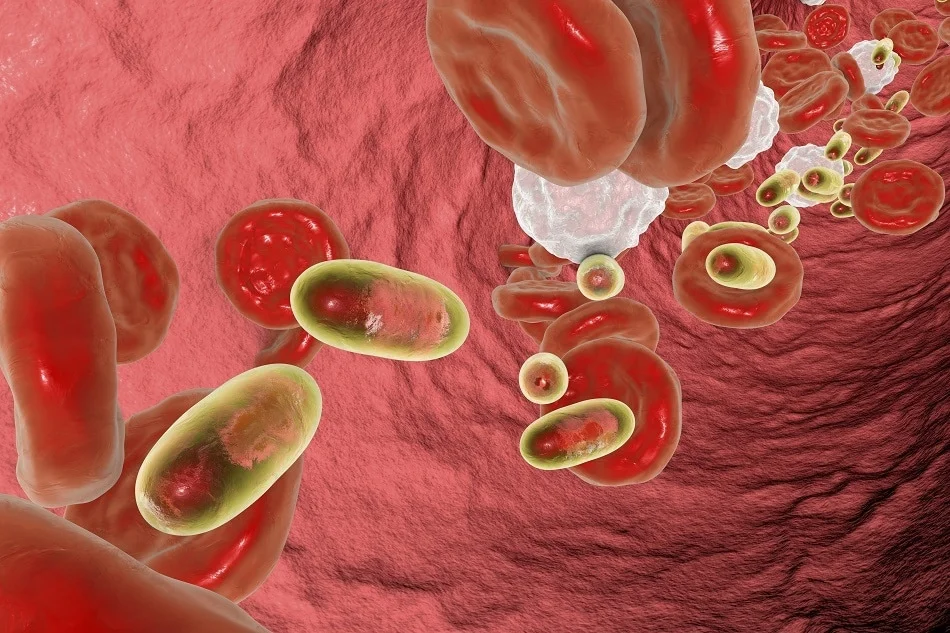
The Intersection of Nanotechnology and Medicine: Nanomedicine’s Impact
Nanotechnology, the science of manipulating matter at the nanoscale, has forged a revolutionary path in medicine through the development of nanomedicine. This interdisciplinary field has had a profound impact on healthcare, offering promising solutions to some of the most challenging medical issues. Two key areas where nanotechnology is making substantial contributions are in ophthalmology and cancer treatment, especially through the use of magnetic nanoparticles. This article explores how nanomedicine is transforming the landscape of medical science.
Nanotechnology in Ophthalmology
Nanoparticles for Drug Delivery
In the realm of ophthalmology, nanotechnology in ophthalmology is playing a pivotal role in improving the treatment of eye diseases. The eye, with its complex and delicate structure, presents unique challenges for drug delivery. Traditional eye drops or ointments often fail to deliver drugs effectively to the target site due to various barriers, such as the tear film and corneal epithelium.
Nanoparticles, with their minute size and exceptional surface properties, offer a breakthrough in this domain. Drug-loaded nanoparticles can enhance the bioavailability of medications, extend drug release, and improve patient compliance. They can also overcome the ocular barriers and deliver therapeutic agents to specific tissues within the eye.
Nanotechnology for Diagnostics
Nanotechnology also contributes to more accurate diagnostics in ophthalmology. Nano-sized biosensors can detect biomarkers associated with eye diseases with high sensitivity. These biosensors can be integrated into various diagnostic devices, facilitating early disease detection and monitoring.
Furthermore, nanotechnology has enabled the development of innovative imaging techniques, such as quantum dots and gold nanoparticles, which provide superior contrast and resolution in ocular imaging. This has been invaluable in diagnosing conditions like retinal diseases and glaucoma.
Magnetic Nanoparticles in Cancer Treatment
Targeted Drug Delivery
Cancer treatment is a field where nanomedicine has shown remarkable promise, particularly through the use of magnetic nanoparticles. One of the significant challenges in cancer therapy is delivering drugs specifically to the tumor while sparing healthy tissues. Magnetic nanoparticles can be engineered to carry chemotherapeutic agents and guide them to the tumor site with the help of an external magnetic field.
This targeted drug delivery minimizes the side effects of chemotherapy, as the toxic drugs are directed precisely to where they are needed. Moreover, the magnetic nanoparticles can be loaded with both therapeutic agents and imaging agents, allowing real-time monitoring of drug distribution and tumor response.
Hyperthermia Treatment
Magnetic nanoparticles also find application in hyperthermia treatment for cancer. By using an alternating magnetic field, these nanoparticles generate heat within the tumor, causing localized hyperthermia. This approach is particularly effective in treating solid tumors and enhancing the sensitivity of cancer cells to radiation and chemotherapy.
The ability to precisely control the temperature at the tumor site makes magnetic nanoparticles a promising tool for cancer therapy, especially in cases where traditional treatments have limited effectiveness.
The Impact of Nanomedicine
Nanomedicine, with its convergence of nanotechnology and medicine, has reshaped the landscape of healthcare. In ophthalmology, it has transformed the way we diagnose and treat eye diseases, offering more effective drug delivery and improved diagnostic tools. In the realm of cancer treatment, the application of magnetic nanoparticles is revolutionizing the way we approach one of the most challenging diseases of our time.
The intersection of nanotechnology and medicine has led to the development of innovative and precise approaches that are changing the way we understand and treat medical conditions. As research in this field continues to advance, the potential for more breakthroughs in healthcare is vast.
The impact of nanomedicine, particularly in ophthalmology and cancer treatment using magnetic nanoparticles, cannot be overstated. These technologies hold the promise of improving patient outcomes, reducing side effects, and advancing the overall quality of healthcare. As we witness the ongoing evolution of nanomedicine, it’s clear that the future of medicine is becoming increasingly smaller and more precise, thanks to the wonders of nanotechnology.



